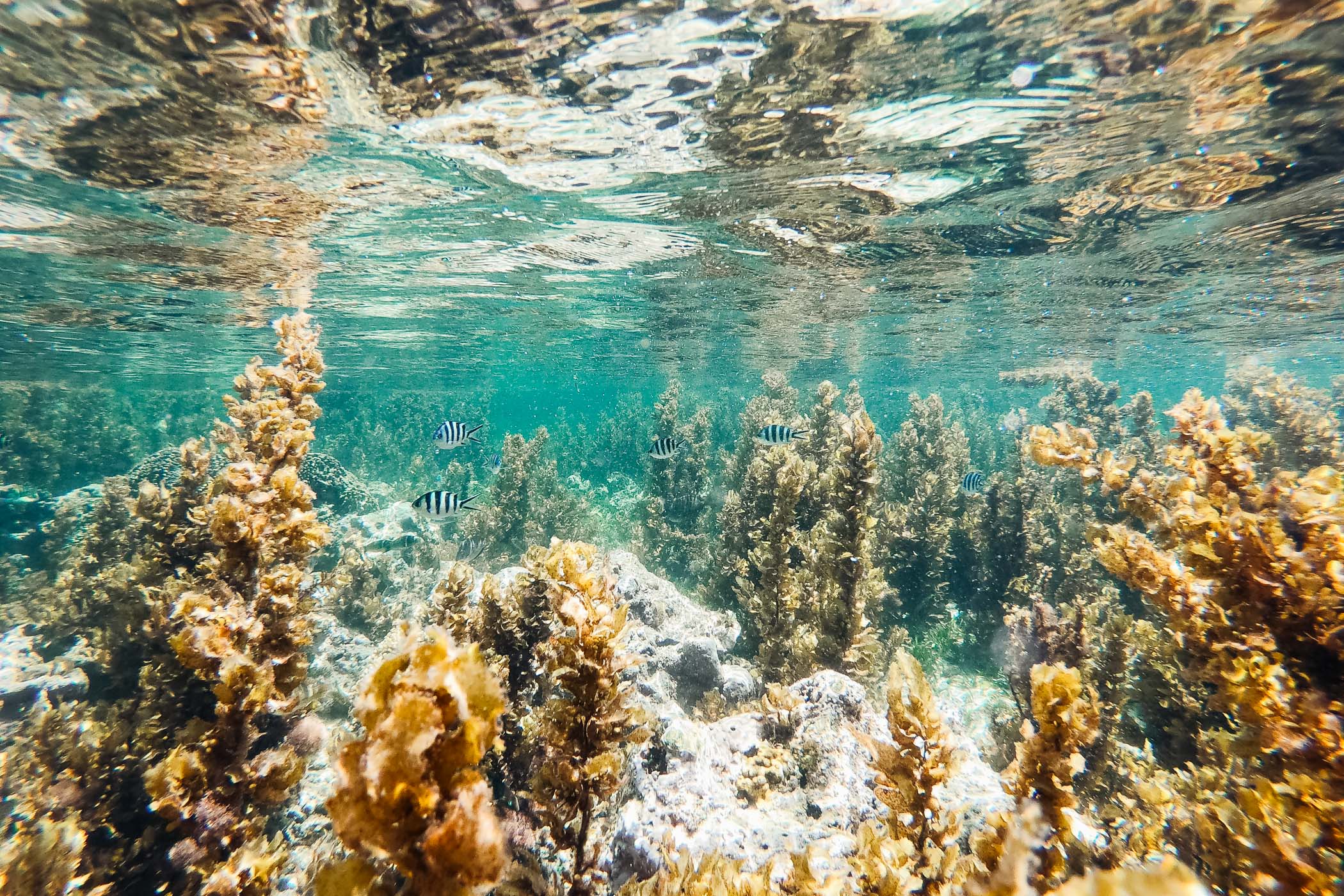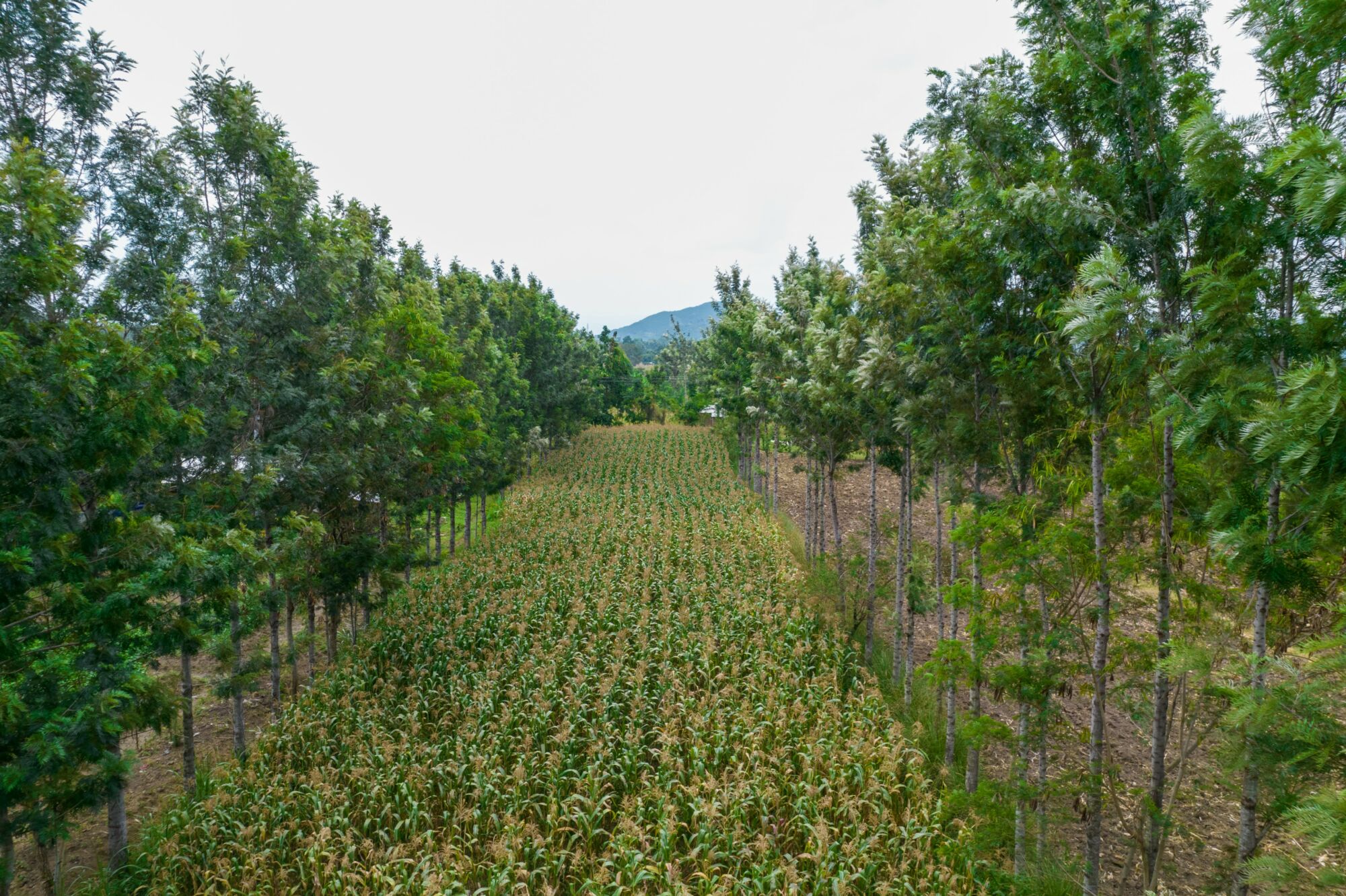- The King shared insights with elders to change the status quo in order to save the biodiversity herein and consequently improve the livelihoods of the Kuruwitu community.
- Being home to over 25% of marine biodiversity, these “rainforests of the sea” provide shelter, spawning grounds, protection from predators, and food.
In October 2023, King Charles III and his wife, Queen Camilla, set foot on Kenyan soil. Before their exit back to the United Kingdom (UK), the King made a crucial visit to Kenya’s coast. He visited the Kuruwitu Conservancy in Kilifi, where he acknowledged the age-old marine conservation methods and advocated for a change of approach.
The King shared insights with elders to change the status quo in order to save the biodiversity herein and consequently improve the livelihoods of the Kuruwitu community. His visit gave birth to the King’s coral structure, which has assured a balance in the marine ecosystem.

Today, aside from improving the marine ecosystem in the area, the King’s coral structure also serves as a major tourist attraction site.
Read More
Despite experiencing remarkable progress with increased tranquility, marine creatures, and coral fish, rising sea temperatures are still an alarming menace.
Des Bowden, Chief Executive Officer (CEO) of Oceans Alive, has painted a disheartening picture of coral bleaching, which claimed significant coral life at King’s coral structure. “We had a very terrible bleaching event at the beginning of the year and that affected the coral here. I think we have lost about 30% of coral in this area.” Des noted.
However, the Oceans Alive Foundation has not been dispirited by this incident as they have found ways to counter the crisis by finding more resilient species in order to accelerate recovery.
Leah Nyawira of Oceans Alive Foundation has expressed her faith in the marine ecosystem, saying, “Most people are now aware of what is happening within the climate change sphere. People are now aware of coral resilience and how well they can be able to create adaptive and mitigation measures.
Being home to over 25% of marine biodiversity, these “rainforests of the sea” provide shelter, spawning grounds, protection from predators, and food. Unfortunately, the list of hazards that threaten their vigor continues to distend.
By reversing the damage, we will ensure the well-being of organisms at the base of ocean food chains and the vibrance of seagrass, mangrove, and mudflat communities.







